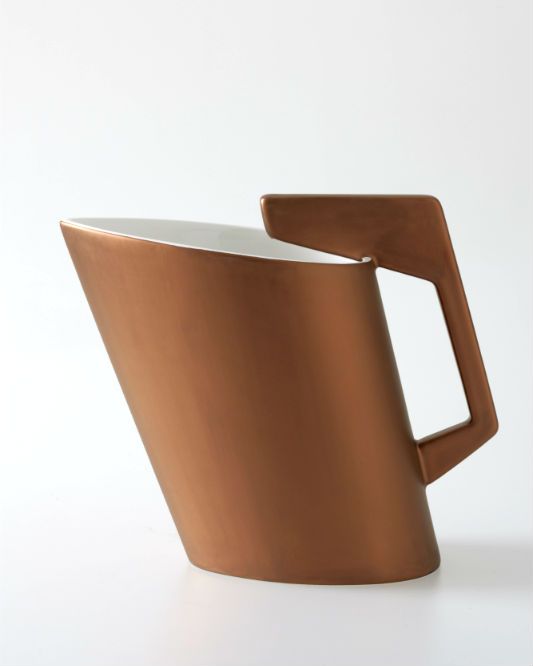The Spanish architect and designer plays down the fame with a humanistic approach to design, while pushing the boundaries of what furniture can become
Looking at Patricia Urquiola’s prolific body of work, the architect and industrial designer seems almost indefatigable.
In the span of three decades, her diverse projects range across the fields of architecture, interiors to product design and hotels around the world; in Singapore, Urquiola’s practice designed the interiors of Oasia Hotel Downtown in collaboration with local firm Woha.
Each of these projects share one commonality: an irreverent yet humanistic approach that keeps the design maven at the top of her game.
See also: Woha On Designing A Greener, More Liveable Singapore

“I’m a person who’s quite open-minded, and I believe there’s a lot to explore in the world of furniture and design,” says the Milan-based architect, as we meet her at the Space Furniture showroom in Singapore. “I don’t think in terms of consumers or a society of consumers. I think the world is a place with inhabitants with the same needs as me.”
For the multi-hyphenate, design is about constant reinvention: “You have to be very curious, very active and try to break your own prejudices.”
“I don’t think in terms of consumers or a society of consumers. I think the world is a place with inhabitants with the same needs as me”





